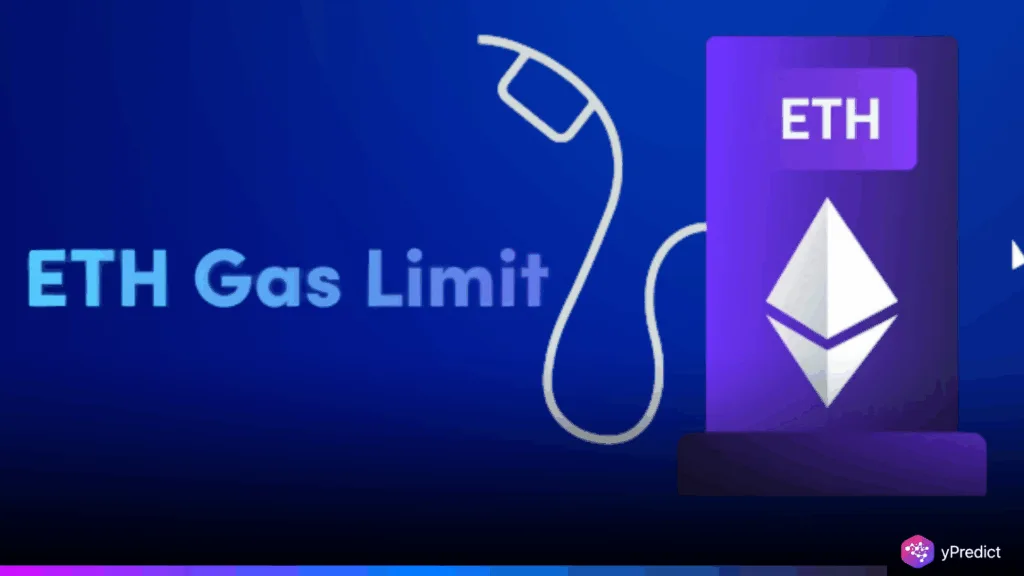
Ethereum’s recent network update has brought renewed focus to its scaling roadmap. July 22, 2025, marked the day the Ethereum developers made a formal change to the Ethereum Gas limit, now set at ’45 million units’. Importantly, this is the first change made since 2021 and positively affects how many transactions the network officially allows. Given the backdrop, this is a well-timed change, especially with AI-powered decentralized finance (DeFi) offering Wall Street an opportunity to expand its on-chain-style activity. And given that complex smart contracts are now more common on the blockchain, Ethereum is looking to outperform its competitors in an increasingly competitive landscape by optimizing for performance and scale.
Historic Gas Limit Hike Powers AI-Focused Upgrades
The Ethereum Gas limit increase, reported by CoinDesk, moves all the way up from the limit of 30 million units. Ethereum’s last update was in 2021, doubling from a limit of 15 million units to 30 million. That upgrade instantly doubled transaction throughput. This latest move to 45 million follows a similar logic—anticipating rising on-chain demands, especially from AI-integrated DeFi platforms.
Blockchain developers have signaled that modern AI-driven dApps require higher bandwidth. Whether real-time lending protocols or machine learning yield optimizers, all of these applications require more computational resources. If the gas limit is increased, those platforms can run freely and hence perform better and more reliably.
Scalability Boost Comes Amid Post-Merge Maturity
Since the Ethereum Merge, developers have shifted focus from energy efficiency to scalability. The recent gas limit bump represents a new phase in that post-Merge maturity. Analysts at TokenMetrics suggest this move is a foundational step ahead of full sharding implementation—a long-term plan meant to exponentially scale Ethereum.
Ethereum’s ability to support higher gas throughput offers a direct scalability boost. AI platforms that rely on dense data processing and real-time settlement benefit from smoother on-chain execution. We need Ethereum’s architecture to be as fast or faster than these fast-moving systems, as they are very complex systems. Increasing the gas limit helps achieve this by enabling more complex AI logic to run directly on-chain.
Market Dynamics Favor Ethereum’s Strategic Move
Ethereum’s timing appears strategic, especially with market conditions turning bullish. Ethereum was trading at $3,689.40 as of July 22, according to CoinMarketCap. Ethereum continues to be in tight competition with Solana, which has `marketed` itself as a cheaper, faster option for DeFi and AI projects.
However, Ethereum’s latest move may give it an edge. Watcher Guru notes that developers and investors have shown renewed confidence in Ethereum following this upgrade. The enhanced gas capacity provides room for growth just as AI-based DeFi products begin to scale aggressively. This sets Ethereum up as a primary contender for infrastructure dominance ahead of the anticipated 2026 bull cycle.
AI-Powered DeFi Demands Higher Gas Capacity
AI has transformed the DeFi ecosystem in recent months. Platforms that once relied on basic algorithmic functions now integrate deep learning, predictive analytics, and autonomous asset management. These features require significant Ethereum Gas resources per transaction. As a result, network congestion had become a rising concern. By raising the gas ceiling, Ethereum ensures AI-powered DeFi applications can continue innovating without hitting execution barriers. The scalability boost is not just technical—it’s strategic.
It opens the door for next-gen DeFi transactions that are faster, smarter, and more adaptive. Ethereum’s increasing capacity of larger volumes of these transactions solidifies its position as the foundation for intelligent financial automation. Ethereum’s increase in gas limit to 45 million units occurs at a significant inflection point: a reasonable view of the future of the platform, with a convergence of AI and DeFi. As developers create more sophisticated systems, Ethereum’s infrastructure must evolve.






